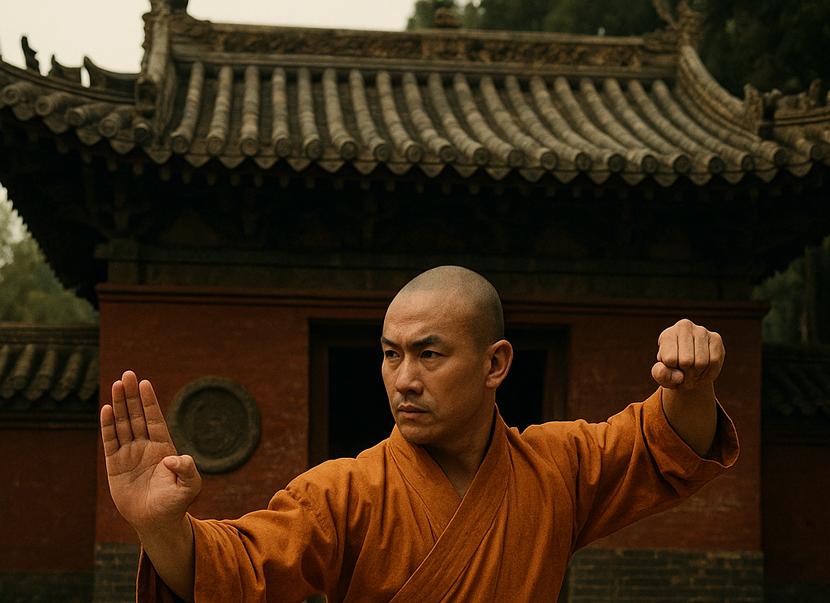еҸӮиҖғж¶ҲжҒҜ

Lost relics from Mogao Grottoes to be 'digitally restored'
Gansu province will accelerate the digital restoration of cultural relics lost overseas from the Mogao Grottoes this year as part of efforts to establish a database of Chinese culture, provincial Governor
The Mogao Grottoes, a UNESCO World Heritage Site in Dunhuang, is renowned for its hundreds of Buddhist caves adorned with murals and statues dating back roughly 1,600 years.

Workers conduct a digital collection of murals at Cave 148 of the Mogao Grottoes in Dunhuang, Gansu province. CHINA DAILY
About 70,000 cultural relics, including documents, original paintings and ritual objects, have been unearthed from the grottoes. More than 40,000 of these relics are estimated to have been lost overseas, largely due to wars and theft, according to the Dunhuang Academy, which oversees the grottoes. It is unknown how many of this number have been lost forever.
The relics are scattered across 11 countries, including the United Kingdom, France, Russia, the United States, Japan and Hungary, with some currently on display, said Wang Wanfu, deputy director of the academy's department of conservation and research.
Digital restoration involves the use of technologies such as two-dimensional image capture and three-dimensional data collection to record cultural relics distributed globally.
As part of its "Digital Dunhuang "project, the academy has partnered with institutions such as the British Museum, the National Library of France, the Hungarian Academy of Sciences and Harvard University. To date, it has acquired 100,000 high-definition images of approximately 8,000 relics, Wang said.
"We either sent workers to collect and process data or commissioned foreign institutions to do so," Wang said, adding that the academy plans to integrate all the data into an online platform that will eventually be open to the public worldwide.
The academy is also considering organizing exhibitions, creating 3D-printed replicas, and publishing books and picture albums featuring the lost relics.
"With the help of digital network technology, the exquisite murals and scriptures of the Mogao Grottoes can be virtually reproduced or digitally reconstructed," Wang said.
"This enables researchers to access, compare and collate information conveniently, without limitations of time or space. It will greatly enhance studies of the caves.
"The 'digital return' of relics, supported by international organizations, allows more experts and the public to share these precious cultural artifacts," he said.
The academy has also conducted digital recording at the Mogao Grottoes site.
"The data includes outlines of large cultural relics. For instance, visitors cannot see the tops of some Buddhist statues or domes when touring the caves. We set up scaffolding to digitize and capture those areas, so the images can be viewed clearly on a computer, providing a valuable platform for researchers," Wang said.
"Some senior experts are very excited about the convenience this offers for their research," he added.
Digital data collection has been so far completed for 295 caves of Mogao's 735 caves.
Image stitching has been carried out for 185 caves, and 3D digital reconstruction for 45 sculptures and panoramic roaming programs for 162 caves have been completed, according to a provincial cultural relics conference held on Jan 15.
High-definition images of 30 caves and about 6,500 documents from the grottoes' sutra caves are already accessible online to a global audience. The platform has recorded about 23 million visits from 78 countries, as was reported at the conference.
The province will continue to strengthen partnerships with collecting institutions in countries such as the UK, France, Russia and Japan to advance the digital restoration of cultural relics lost overseas, said Qiu Jian, deputy director of the Gansu Cultural Relics Bureau.
Qiu added that Gansu plans to process acquired digital data and expand the database this year.
"We have signed agreements with multiple countries for the collection and sharing of digital resources, and we hope to make further breakthroughs," he said.













